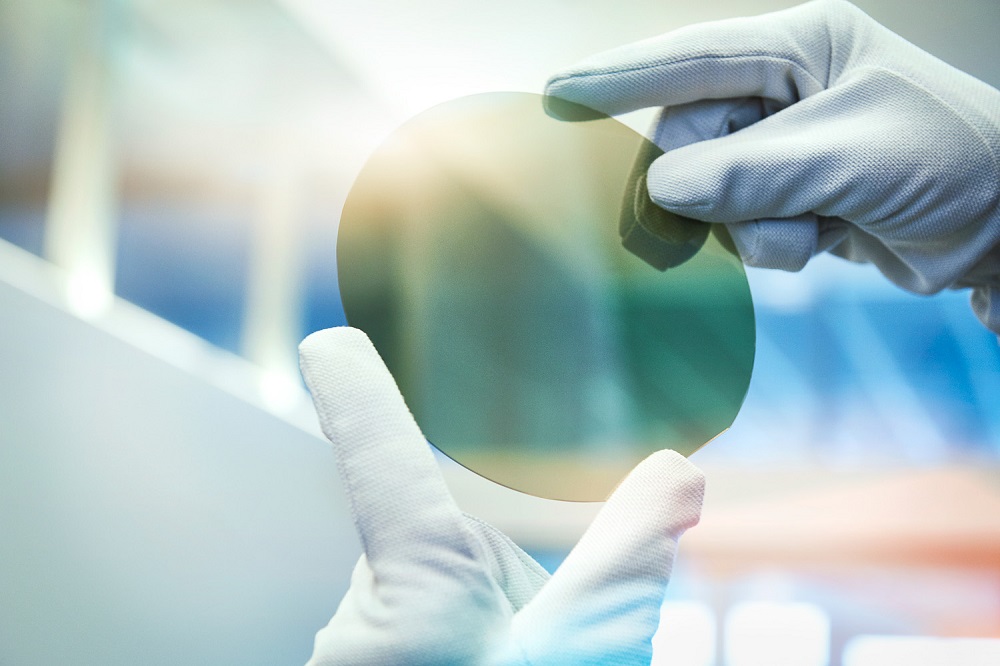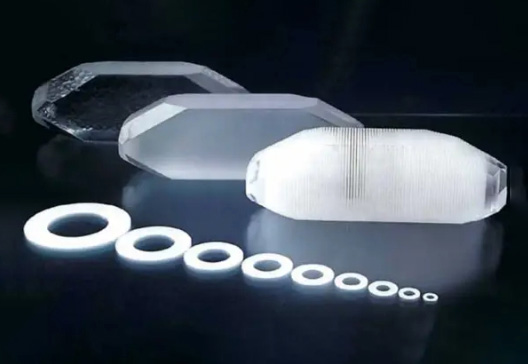The Breakthrough of Silicon Carbide Substrate in LED Industry
Silicon carbide has the advantages of high thermal conductivity (three times higher than silicon) and small lattice mismatch with gallium nitride (4%), which is suitable for the new generation of light-emitting diode (LED) substrate material. It is no exaggeration to say that silicon carbide has become the forefront and commanding point of the global semiconductor industry. In the process of LED preparation, silicon carbide wafer (substrate) material upstream is the main factor that determines LED color, brightness, life, and other performance indicators.
Performance requirements for the substrate material
The substrate material is the basis of gallium nitride epitaxial film growth, as well as the main component of LED devices. The surface roughness of substrate material, thermal expansion coefficient, thermal conductivity coefficient, lattice matching degree between epitaxial material and other indicators have a profound impact on the luminous efficiency and stability of high-brightness LED.
1. Lattice mismatch and heat mismatch
The mismatch rate of the sapphire lattice was 13.9%, that of silicon lattice was 16.9%, and that of silicon carbide was only 3.4%. In terms of thermal mismatch rate, sapphire was in the middle with 30.3%, while monocrystalline silicon had the highest thermal mismatch rate (53.48837%).
![]()
In the process of growing gallium nitride on the monocrystalline silicon substrate, the researchers found that the film of gallium nitride would be subjected to great thermal stress, resulting in a large number of defects or even cracks in the epitaxial layer, so it is very difficult to grow high-quality gallium nitride film on the silicon substrate. However, the heat mismatch rate of 6H-SiC is only 15.92129%. Therefore, in terms of crystal structure characteristics, the crystal structure of 4H-SiC and 6H-SiC and gallium nitride are both wurtzite structures, with the lowest lattice mismatch rate and thermal mismatch rate, which is most suitable for the growth of high-quality gallium nitride epitaxial layer.
2. Electrical conductivity
Sapphire is an insulator and cannot be used to fabricate vertically structured devices in this case, so n-type and p-type electrodes are usually made only on the surface of the epitaxial layer. Silicon carbide and monocrystalline silicon have good conductivity and can be used to make vertical LED. As the conductive substrate is used as the lower electrode, there is only one electrode on the upper surface of the vertical LED device, which increases the area of the luminous area. Besides, Vertical LED has more uniform current distribution density, which avoids local overheating caused by uneven current density distribution of horizontal structure and can carry higher positive current.
3. Thermal conductivity
Sapphire has poor heat dissipation performance, only 0.3 W•cm-1• k-1 at 300K, and the thermal conductivity of monocrystalline silicon at 300K is 1.3 W•cm-1• k-1, both of which are far lower than the thermal conductivity of silicon carbide crystal. Compared with the sapphire horizontal LED, the vertical LED made of silicon carbide can generate heat from both ends of the electrode, so it is more suitable for the substrate material of high-power LED and has a longer service life.

4. Optical performance
Sapphire and silicon carbide do not absorb visible light, while the silicon substrate absorbs light seriously and the LED output efficiency is low.
However, silicon carbide substrates are not all-powerful, and the biggest problem lies in wafer production. Sapphire is the most widely used LED substrate material for commercial use at present. Sapphire is grown by melt method and the process is more mature. It can obtain a single crystal with a lower cost, larger size and high quality, which is suitable for industrial development. Similarly, the growing technology of monocrystalline silicon is highly mature and easy to obtain low-cost, large size (6-12 inches), high-quality substrate, which can greatly reduce the cost of LED.
However, it is difficult to grow silicon carbide single crystal with high quality and large size. The laminar structure of silicon carbide is easy to cleavage and poor machining performance, so it is easy to introduce stepped defects on the substrate surface and affect the quality of the epitaxial layer. Silicon carbide substrates of the same size are dozens of times more expensive than sapphire substrates, which limits their large-scale applications.



